Norway’s potential construction of “submerged floating tunnels” involves a complex engineering process that combines the principles of tunnel construction and maritime technology.
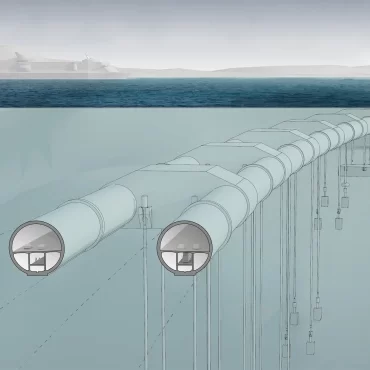
The tunnel would be made up of a pair of concrete tubes submerged about 100 feet under the water’s surface. @Sn?hetta
The concept entails creating tunnels that are partially submerged underwater, allowing vehicles to pass through them.
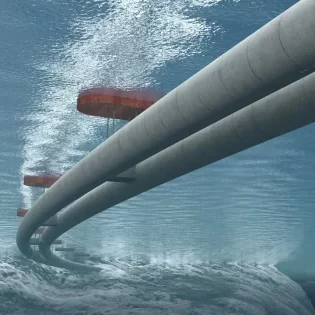
The tunnel would be stabilized by cables tethered to the seabed or by pontoons floating on the surface. @Norwegian Public Roads Administration / Vianova
The first step in building these tunnels would be to carefully select the locations where they would be needed.
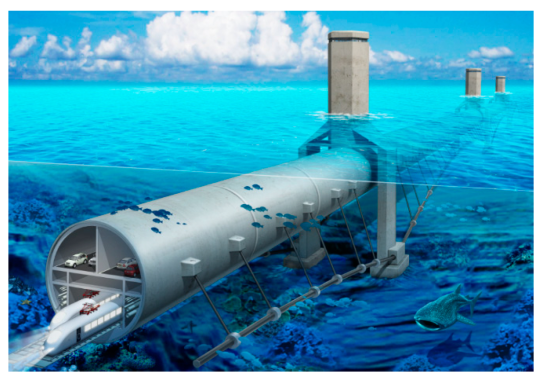
Factors such as water depth, seabed conditions, and the distance between points are important considerations. Once the locations are determined, engineers would begin planning the design and specifications of the tunnels.
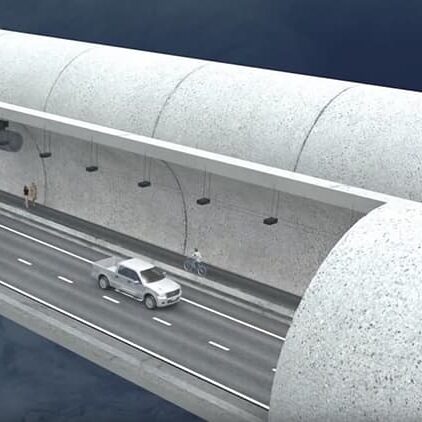
The construction process would involve fabricating and assembling these tunnels by utilizing materials that can withstand the harsh underwater conditions.
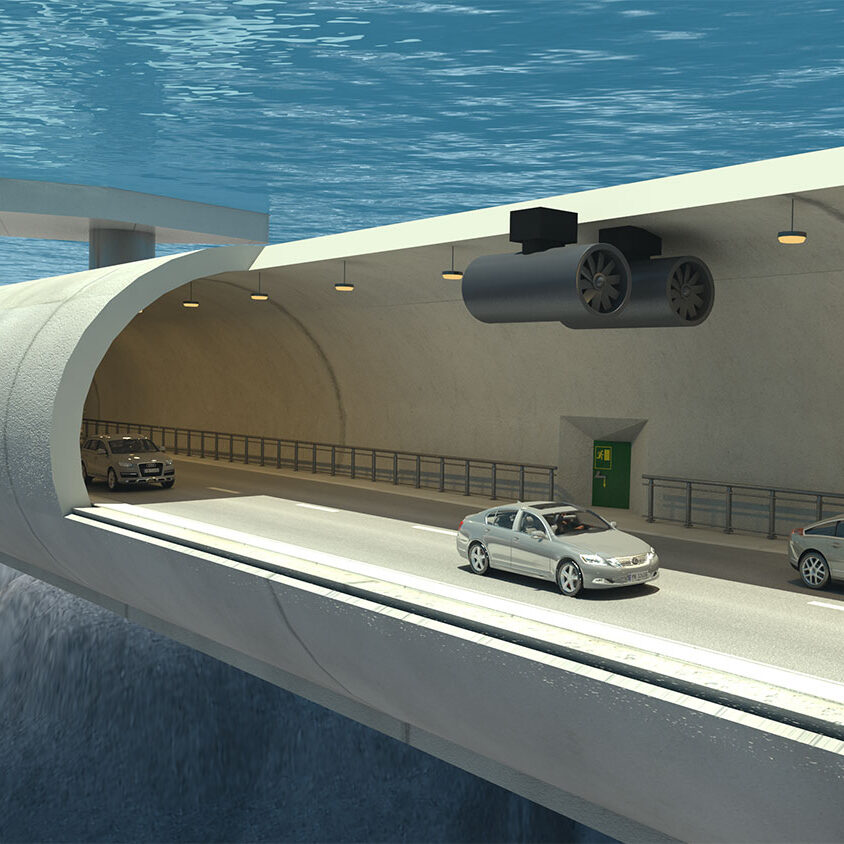
The tunnels would be rectangular or cylindrical in shape, employing a combination of concrete and steel structures to ensure stability and durability. Anchoring systems would also be implemented to secure the tunnels to the seabed and prevent drifting or movement.
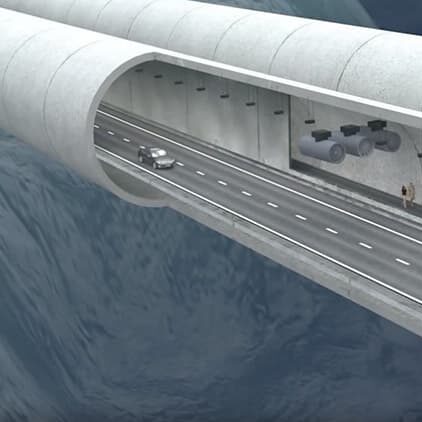
To build the tunnels, specialized marine vessels and equipment would be used. These vessels would transport and position the tunnel sections at the designated locations, carefully submerging them to the desired depth.
The sections of the tunnel would then be connected and sealed, creating a continuous passageway for vehicles.

